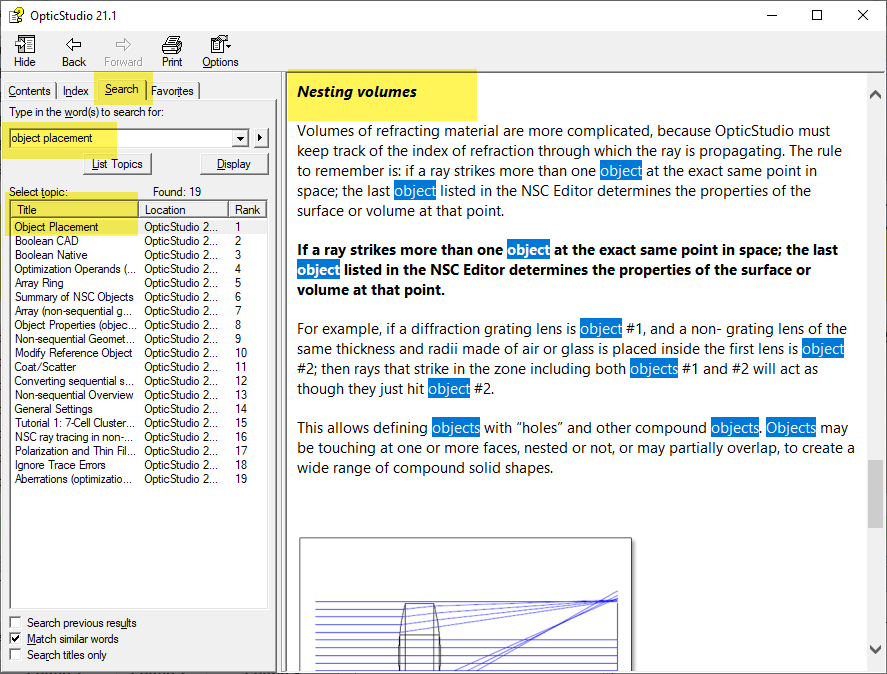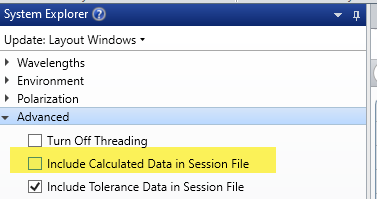Dear Zemax Team,
I have converted a diffraction-limited optical system from sequential to non sequential mode finding that my input fields have been converted into source ellipse sources with about 1e-6 mm X,Y half width. The conversion works fine, but I would need to evaluate the effect of using and extented source (a pinhole) in the non seq mode instead of the diffraction-limited one. I was naivily setting the X,Y half width tabs of the source ellipse to a fraction mm up to 1 mm, but when I ray trace basically the PSF disappears. I did this check on object n° 43 configuration 2. Is there clever a way to represent properly an extended source for this purpouse?
At this link you can access the zar file, it has been saved with a diffraction-limited object n°43.
| https://wetransfer.com/downloads/cd8e9bf0c9800be70241f93b4a9e8c9a20210413151906/9fc8114982f2d70af2a9fb5791dd3d2920210413151935/78dfb6 |
Thanks for your help.
Best regards
Gabriele








